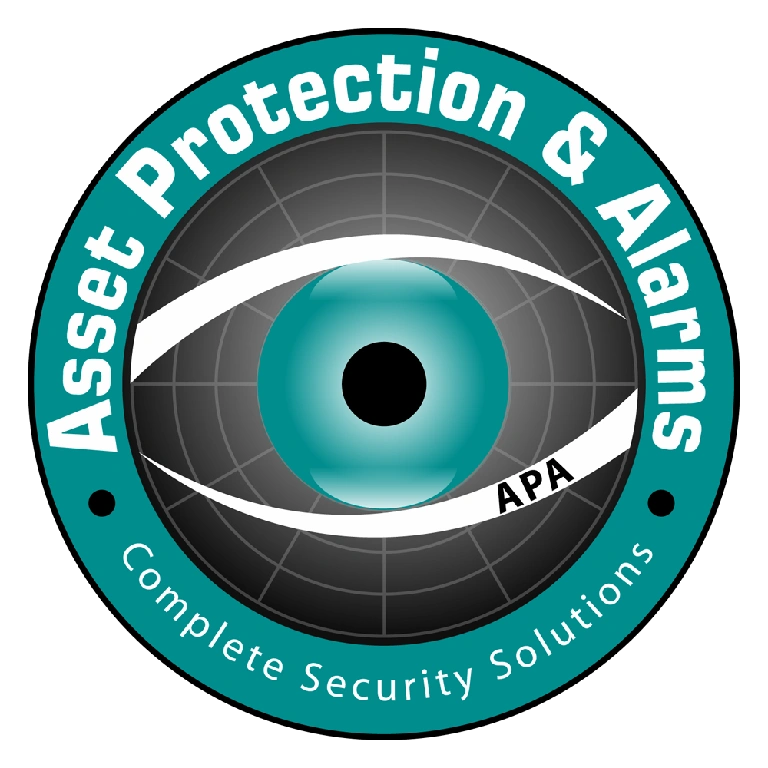
FAQ
Q; Why Choose Asset Protection & Alarms
A: We care about our customers and understand they are people, not just a number or another cookie cutter sales opportunity. At Asset Protection & Alarm, our staff is dedicated to the highest measure of quality. We take great pride in our work and constantly strive to ensure our products, workmanship and services exceed the expectations of our customers. Our goal is to become your partner in security where we work together to get you the security services and products you need to meet your goals, all while keeping an eye on the investment. Since everyone is different and has different wants, needs and physical locations, this all starts with our in depth consultation where we match our offerings to your needs. We don’t sell one size fits all kits. We don’t market proprietary products, where you are locked in because only the installing company can service or monitor it. This gives you more flexibility in the future, and keeps the pressure on us to provide excellent service. Additionally, we don’t sell the paper of your alarm system, to a larger entity that you elected not to go with in the first place, which many “authorized dealers” do within 30 days of installing your new system.
Q: My alarm system was not originally installed by Asset Protection & Alarms. Can I still have you monitor it?
A: Yes, in the majority of cases, Asset Protection & Alarms will be able to reprogram the existing system into our monitoring station. Upgrades and repairs can also be done if needed.
Q: What does a 24 hour UL Monitoring Station do?
A: Our 24 hour monitoring station is responsible to receive all electronic signals from your system and depending on the type of signal, immediately relay them to the local police, fire or medical response teams. They also receive many supervisory signals, such as low battery, power outages, opening & closings, and more, where they relay it to you the client, or to us, depending on how we set it up together. UL stands for Underwriters Laboratories. UL independently surveys the station and their records to assure we meet their rigid requirements. Some of these requirements include: physically secure facility, back up generators in case the local power goes down, all phone lines are buried under ground to protect against attach or damage, staffing requirements and training, redundant (duplicate) computer systems to ensure operation if one goes down and many, many other items.
Q: Will the monitoring station receive an alarm signal if the alarm is not armed?
A: Some features are on and can send signals 24 hours a day, and others are not on unless your arm the system. Low Battery, A/C power and trouble supervision are on 24 hours a day. Any smoke, heat, carbon dioxide detectors are also on 24 hours a day and will send a signal even if your system is not armed. Same with any type of panic button you might have, including the ones that might be programmed into your keypad. However, your perimeter sensors, (door & window contacts, glass breakage detectors), and your interior protection, (motion detectors) will not send a signal unless the system is armed.
Q: I am thinking about getting rid of my local telephone line, will my alarm still work? Also I heard that if this line get cut or damaged, the signal will not reach the central station. Is that true?
A: If your alarm is tied into your land line (known as a POTS line (Plain Old Telephone)), and you eliminate that line, the central station will not be able to receive any signals. Additionally, if your line gets cut, no signals will reach the monitoring station. However, upon alarm, the local siren (if you have one & you should), will still work since that is a separate function of the panel. In recent years many people have eliminated their POTS phone lines and have gone to VoIP (Voice Over IP) or just using their cellular phones. This is a very, very important issue and Asset Protection & Alarms does offer several alternatives communication options to help solve these issues. Please see our paper under the Alarm Communication Section on this web site for more details.
